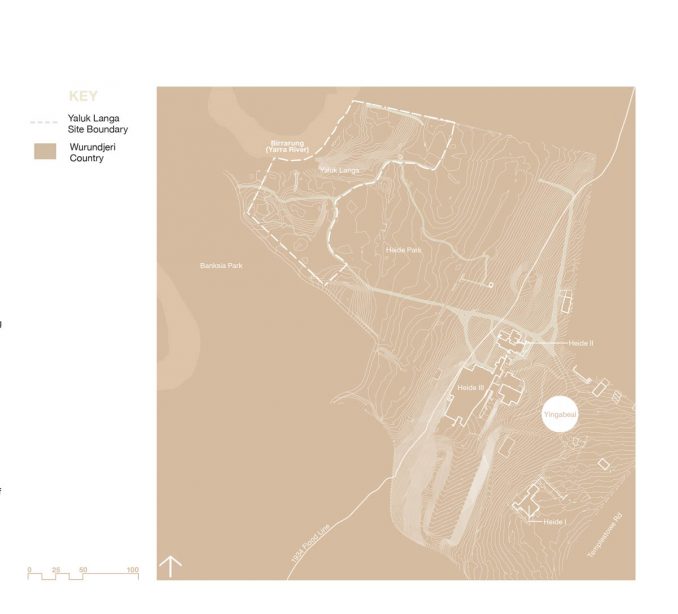
The Heide Museum grounds, Birrarung River and surrounding areas are central to the traditional homelands and creation beliefs of the Wurundjeri Woiwurrung people. Incorporating principles of environmental and social sustainability, and through a process that surpassed the expectations of all involved in terms of community benefit, the Yaluk Langa (River’s Edge) Design Framework defines a series of light-touch projects which will achieve joint community design objectives and fulfil the cultural responsibilities for the Wurundjeri on this significant land.
Since Modern times, Heide has held its place in Australia’s history as a paragon of art and culture, emulating progressive thinking. In 2019, Heide required a practice to document a revegetation process already underway, aiming to ‘highlight the pre-Colonial landscape’. This notion frequently describes the romantic ideal of an untouched landscape. As well-intentioned as the idea of landscape restoration might be, real restoration to the ‘pre-Colonial landscape’, which was in truth highly managed, is simply not possible without Traditional Owner collaboration.
Mindful of the directives of the Indigenous Design Charter and informed by our experience on previous highly consultative projects for communities who have suffered trauma, our practice proposed to Heide a ‘participatory design process’: one in which we would act as collaborators to produce a Design Framework for the site, determined by the Wurundjeri community, and facilitated and co-designed by us.
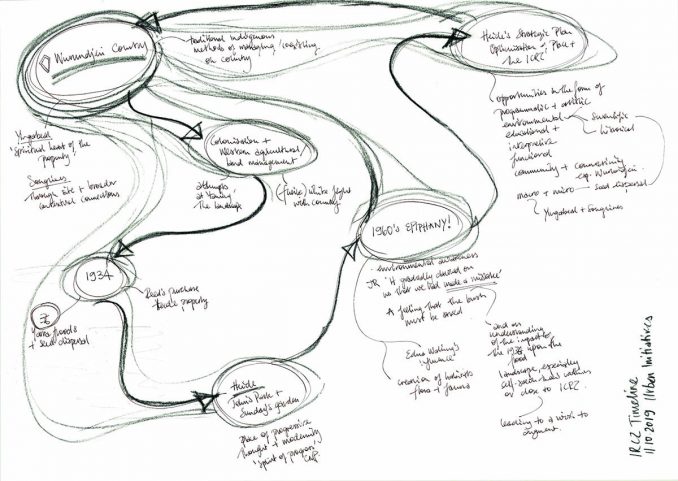
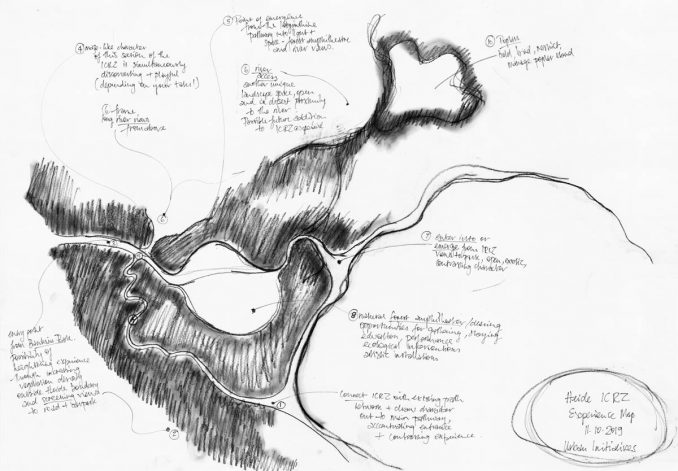
We established a set of Design Principles which included defining Heide as a place of cultural safety, celebrating Wurundjeri culture, acknowledging Country, site and community healing, and Reconciliation.
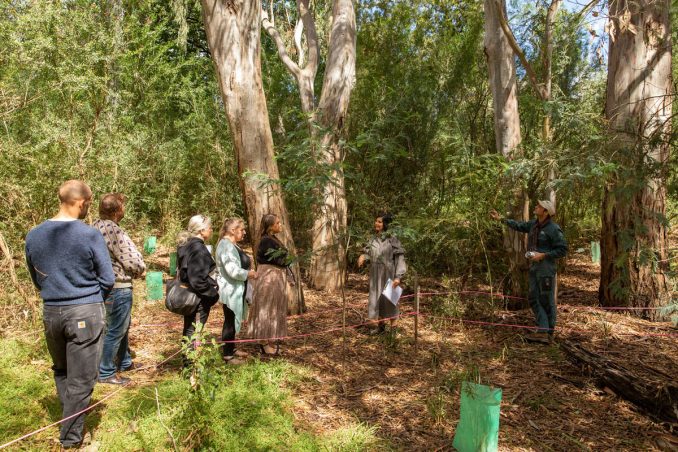
A Project Working Group was formed, which included members of the Wurundjeri Woiwurrung Cultural Heritage Aboriginal Corporation Narrap (Land Management) and Research teams, with Elders and community specialists joining the group throughout the project. Workshops and site walks (when possible, during COVID) were times of open and generous engagement, developing and cementing trust. Following eighteen months of collaboration, we invited Heide and Wurundjeri communities to a Yaluk Langa Participatory Design Day, where they engaged in decision-making and ceremony. This engagement inspired the evolution of the Framework, central to which was the concept of delivering a metaphorical ‘songline’: songlines being the trade routes along which Aboriginal people travelled, performed ceremony, celebrated, shared, and taught culture.
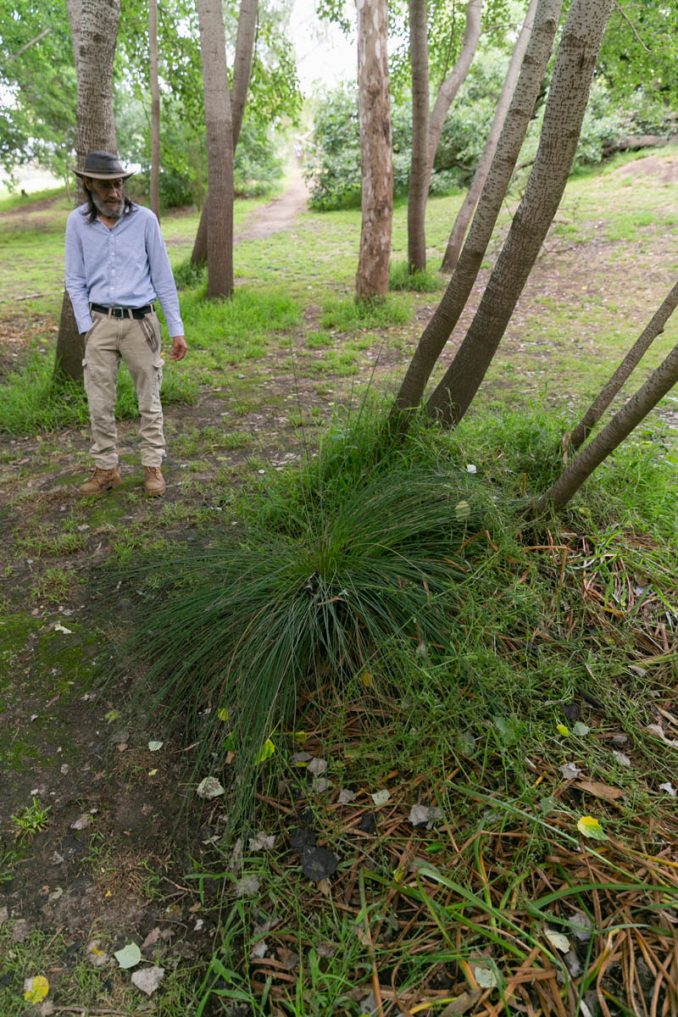
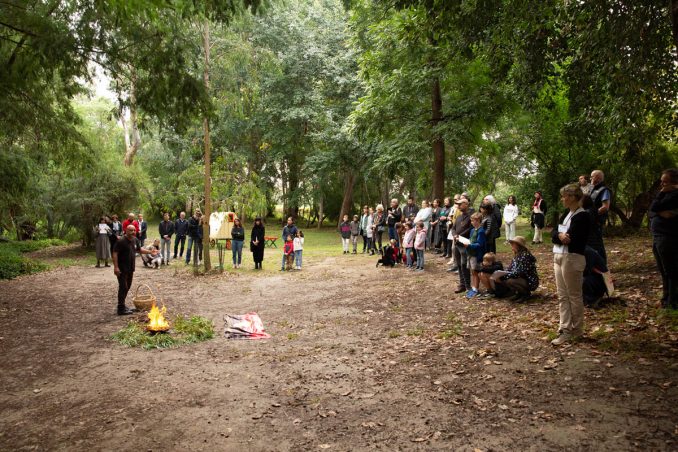
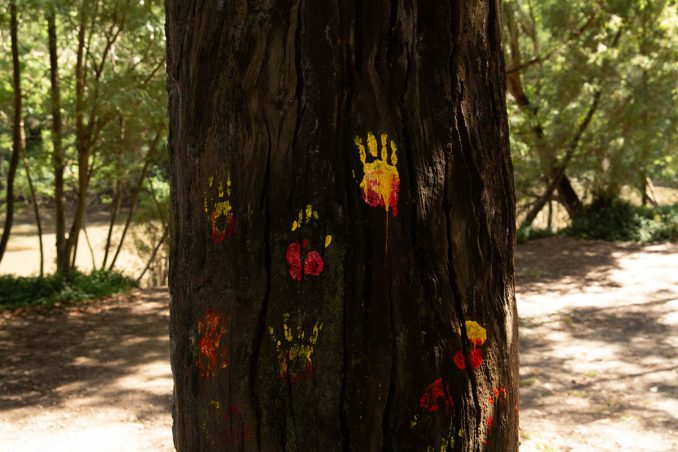
The resulting Framework plan highlights five zones, each reflecting a theme inspired by its natural characteristics: Bushland (Equilibrium), Ephemeral (Dreaming), Grassland (Safeguarding), Poplars (Reconciliation) and Yaluk Langa (Ceremony). The zones are connected by a pathway along which visitors travel, engage in ceremony, celebrate culture, and consider Dreaming- a ‘songline’ embodying the teachings and culture of the Wurundjeri community. The Framework includes a series of community-endorsed strategies and principles to guide the development of each of the zones.
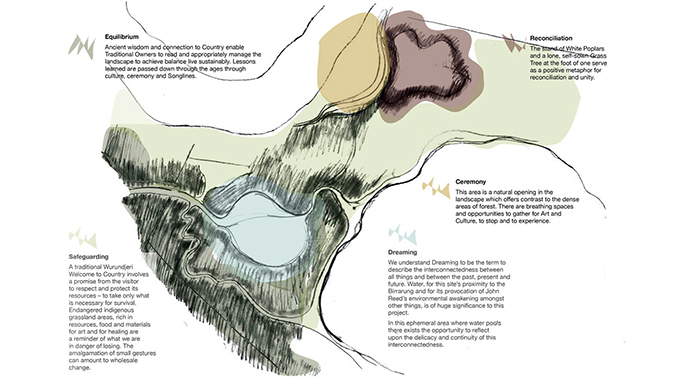
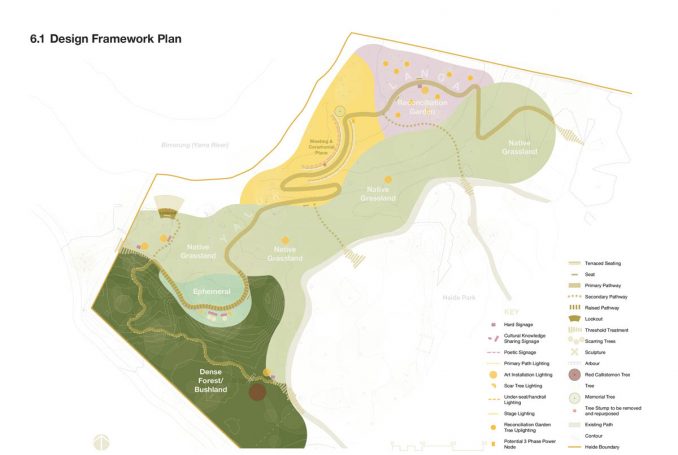
Experiences from the reading of Country are formalised into the Songline. The Design Framework, defines a plan and strategies from which future projects will implemented.
Our role as advocates and designers of a process that has established an enduring partnership between Heide and Wurundjeri communities is something we see as a truly special achievement. As co-producers of a design that has the potential to generate huge social change, site and community healing, and contributes to the already-thriving cultural landscape at Heide Museum, we are extremely proud.
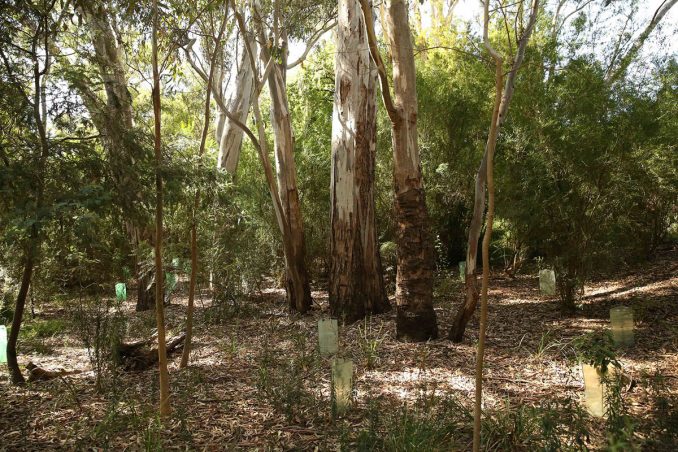
Yaluk Langa (Rivers Edge) Design Framework
Landscape Architect: Urban Initiatives
Project Lead – Katherine Rekaris, Landscape Architect – Daniel Walker, Practice Director – Tim Hart
Collaborators: Wurundjeri Woiwurrung Cultural Heritage Aboriginal Corporation
Client: Heide Museum of Modern Art
Image Credits: As captioned
Text Credit: Urban Initiatives
